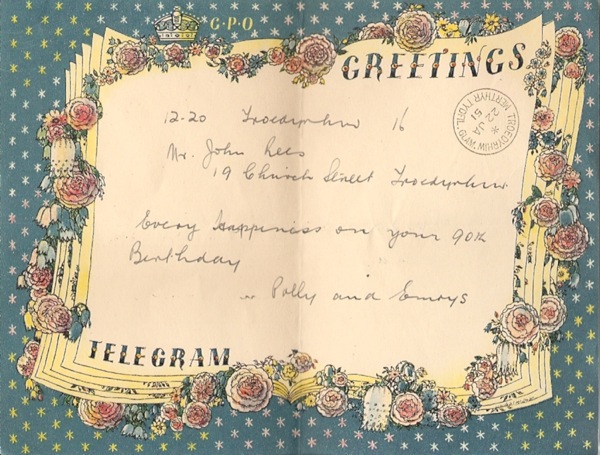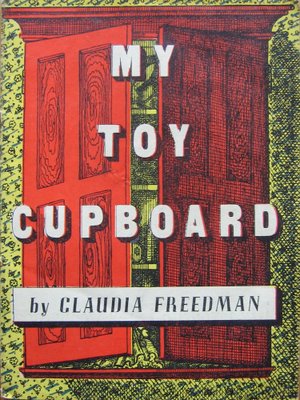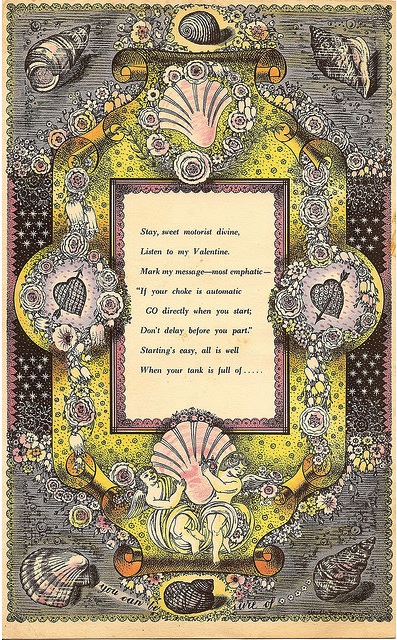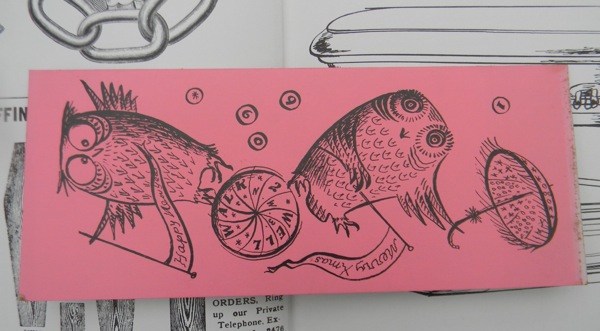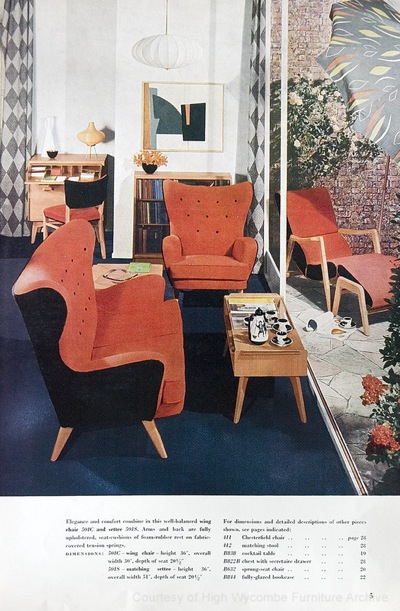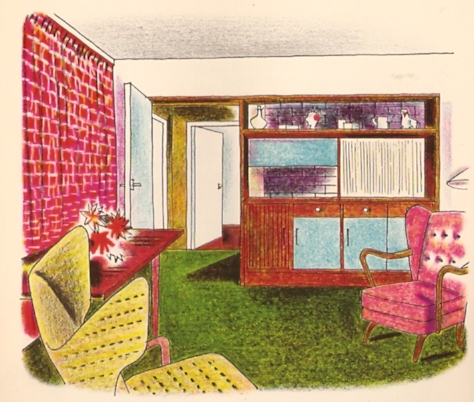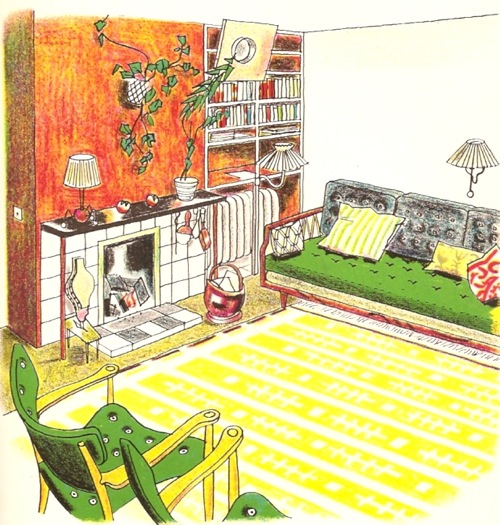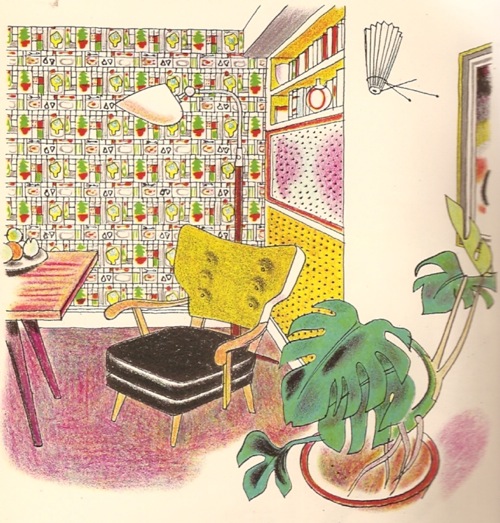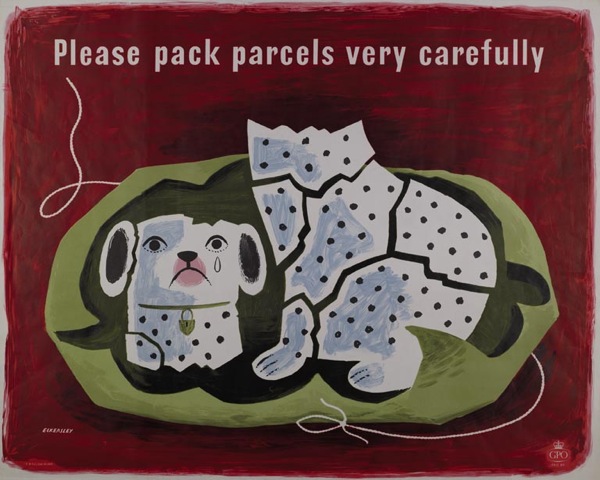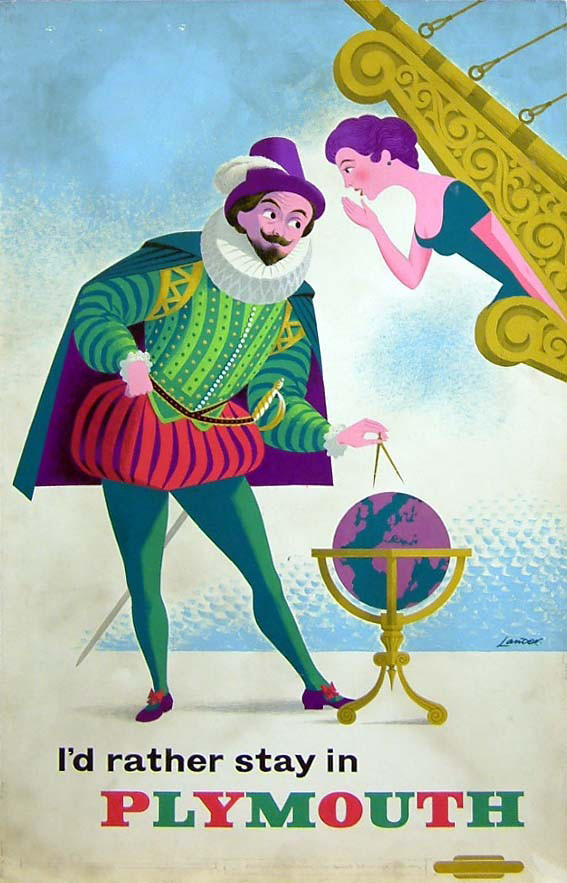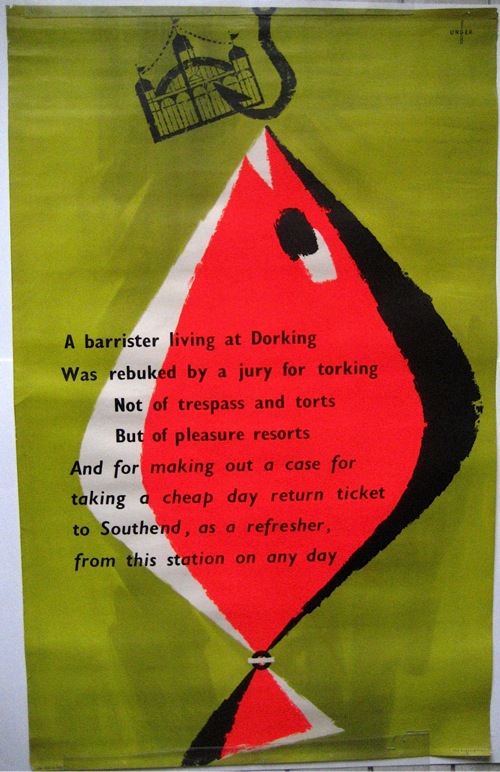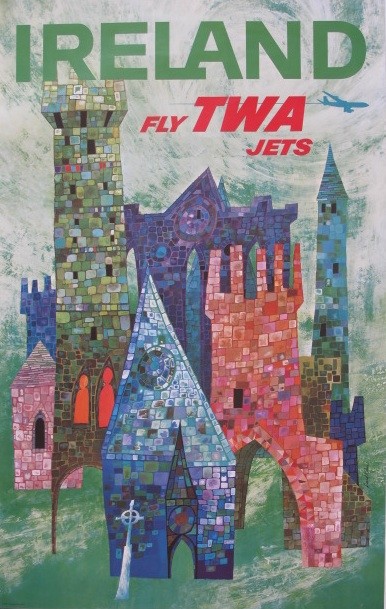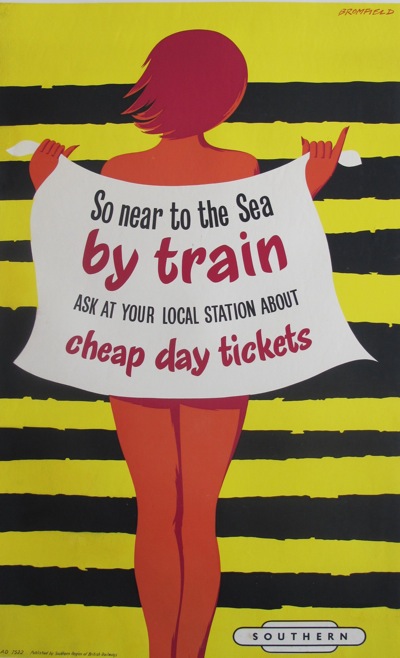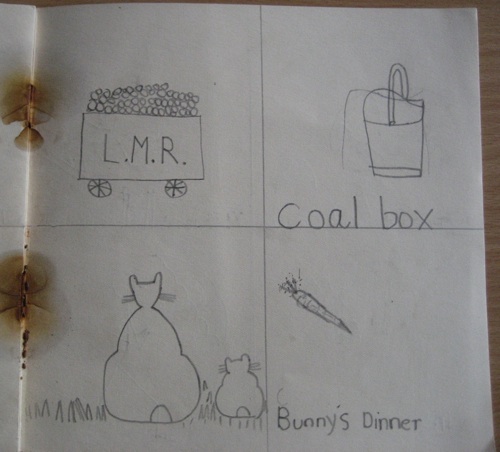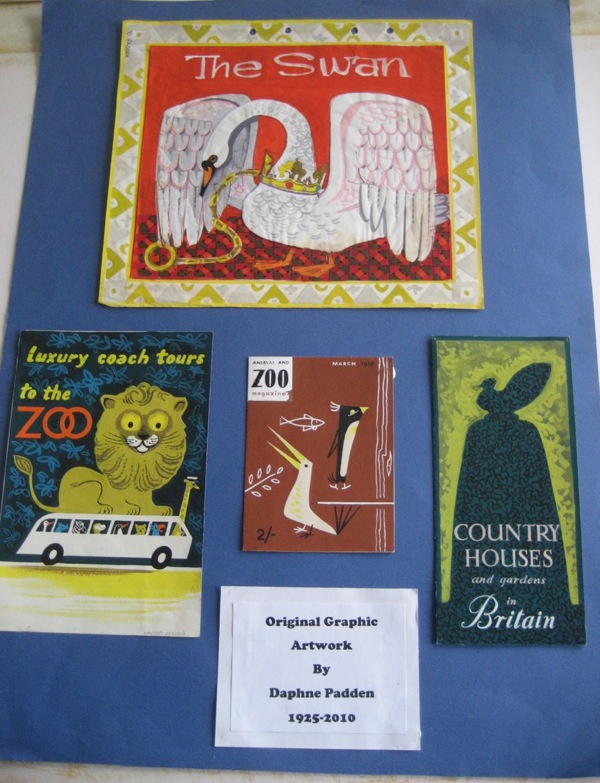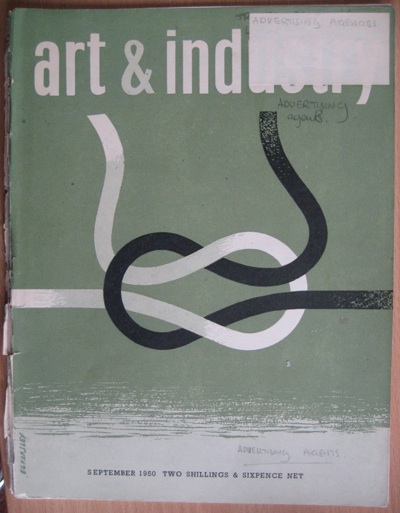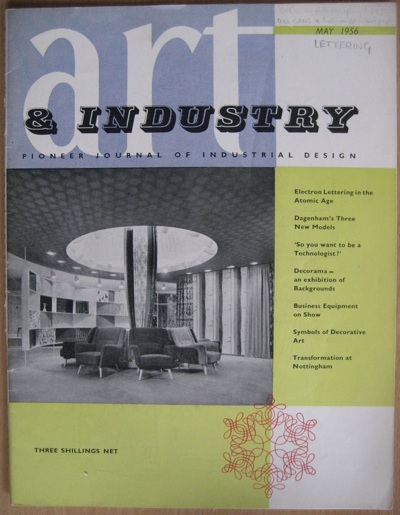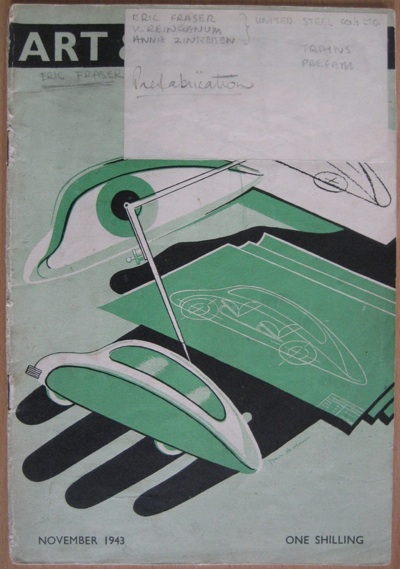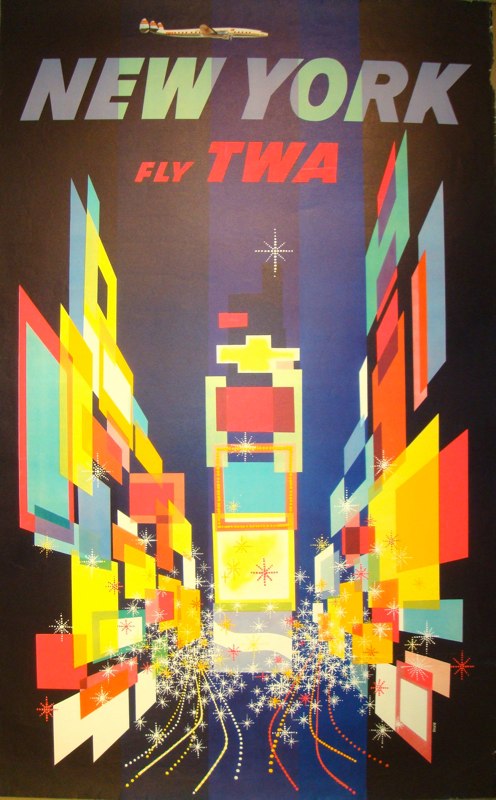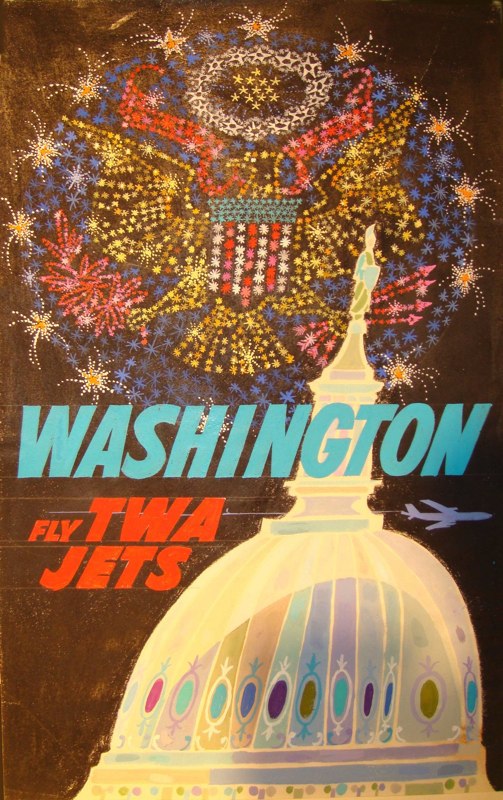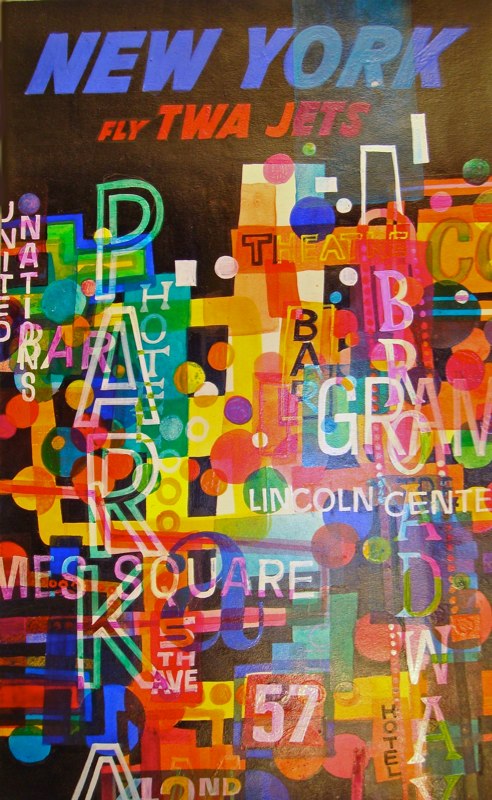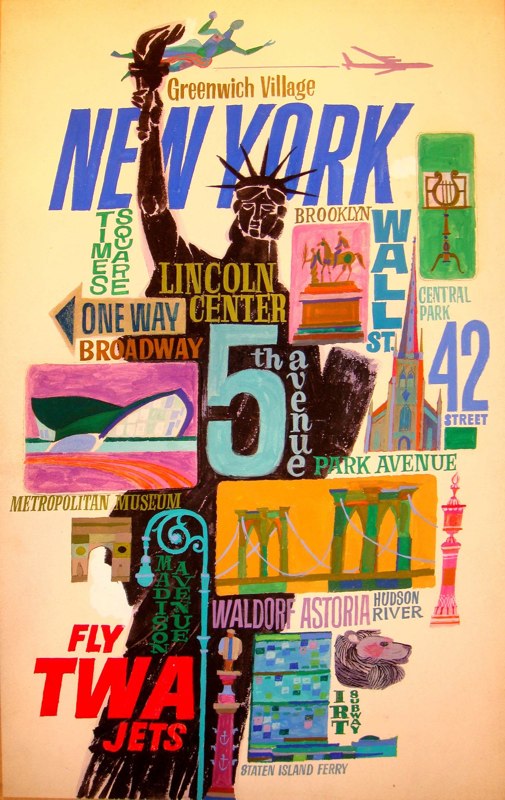Things
Which lead on to other things. Like this greetings telegram.
It came from the local ‘Antiques and Collectors’ (i.e. 1970s cookery books, artificial flowers and old tools) market just near me. A rare gem in amonst the flotsam, then.
Its main story – and why this telegram exists at all – is that it was sent by some people to someone else. To John Rees, in fact, in Troedyrhw in Wales who was celebrating his 90th birthday. He must have been well-loved, because he got a whole clutch of these, all written in the same hand by his local Post Office. I hope he had a lovely day.
He was lucky to get anything as decorative, because it turns out that this design was the first Greetings Telegram to be produced after World War Two; his birthday was 22nd Jan 1951, and these were only reintroduced on 20th November 1950, as paper rationing was finally eased. So it’s also a historical document of sorts, a reminder of a time when the world of austerity was finally ebbing away and pretty things just for the joy of themselves were permitted once more.
He was twice lucky because the first design they chose was also very good. There’s a tiny signature in the bottom right hand corner which, when I squinted at it, seemed to say Freedman. The lettering also looked a bit like his work, at which point I started to wish that I had bought the whole batch. But I couldn’t quite persuade myself (or Mr Crownfolio) that the first word was Barnett, so went off to do a bit of digging.
What I discovered was that my instincts were not far off, as the design is actually by Barnett Freedman‘s wife, Claudia. There’s a very good article on the blog Adventures in the Print Trade about both of their work, which gave me this biography:
She was born Claudia Guercio in Formby, Liverpool, of Anglo-Sicilian parentage. She studied at Liverpool School of Art and the Royal College of Art. Working initially under her maiden name, she took the name Claudia Freedman on her marriage to Barnett Freedman in 1930. Compared to her husband, Claudia Freedman’s output was relatively small, but works such as the autolithographed book My Toy Cupboard (undated but published in the 1940s by Noel Carrington’s Transatlantic Arts) show that she had a talent equal to his.
Which then led me to finding the telegram in Ruth Artmonsky’s book Bringers of Good Tidings: Greetings Telegrams 1935-1982 where it is listed under her maiden name of Guercio.
The piece on Adventures in the Print Trade makes two crucial points, that her work, unlike her husband’s, is now pretty much unknown, and that there was never very much of it in the first place. These two things may be connected.
They illustrate her very rare wartime book, My Toy Cupboard and it’s worth going over to the blog to see the rest of it, as it is wonderful.
But there is a bit more out there to be found. Perhaps unsurprisingly, the trail also led me to Mike Ashworth’s Flickr stream (which will one day be declared a National Monument of Ephemera and preserved for posterity).
Claudia Freedman designed this ad for Shell in about 1950, he tells me. It’s a fantastically complex thing and must, I guess, have been designed for magazines as it could never have been reproduced in newsprint.
And finally, I came back full circle to not only a blog I have visited before but also another telegram. This one was sent to A. Muriel Pierotti on her appointment as General Secretary of the National Union of Women Teachers in 1940, and so is now kept in the archives of the NUWT.
Despite the fact that it was sent during wartime, it is nonetheless decorated – the ban on these didn’t come into force until 1943. I hope Muriel Pierotti enjoyed her appointment as much as Mr Rees enjoyed his birthday.
Not all objects are so forthcoming however. I also bought this map of Ontario at the same stall.
There is no artist’s name, no clue at all, just a very endearing town and the name of a garage on the back.
The only story here is mine; I bought it mainly because I have a stack of my father’s old maps teetering on the windowsill in the bedroom waiting to be sorted through one day. My father loved maps very much. Top of the pile is this Stockholm map, which he must have had when we used to live in Copenhagen and he travelled to Stockholm for business quite regularly.
The Swedes clearly have no problem with being both historical and modern at the same time. Unlike us Brits.
When I saw the Ontario map, it reminded me of the Stockholm one because it seemed to have the same sunny optimism about the city it portrayed, so I bought it. And that’s the end of the story.
